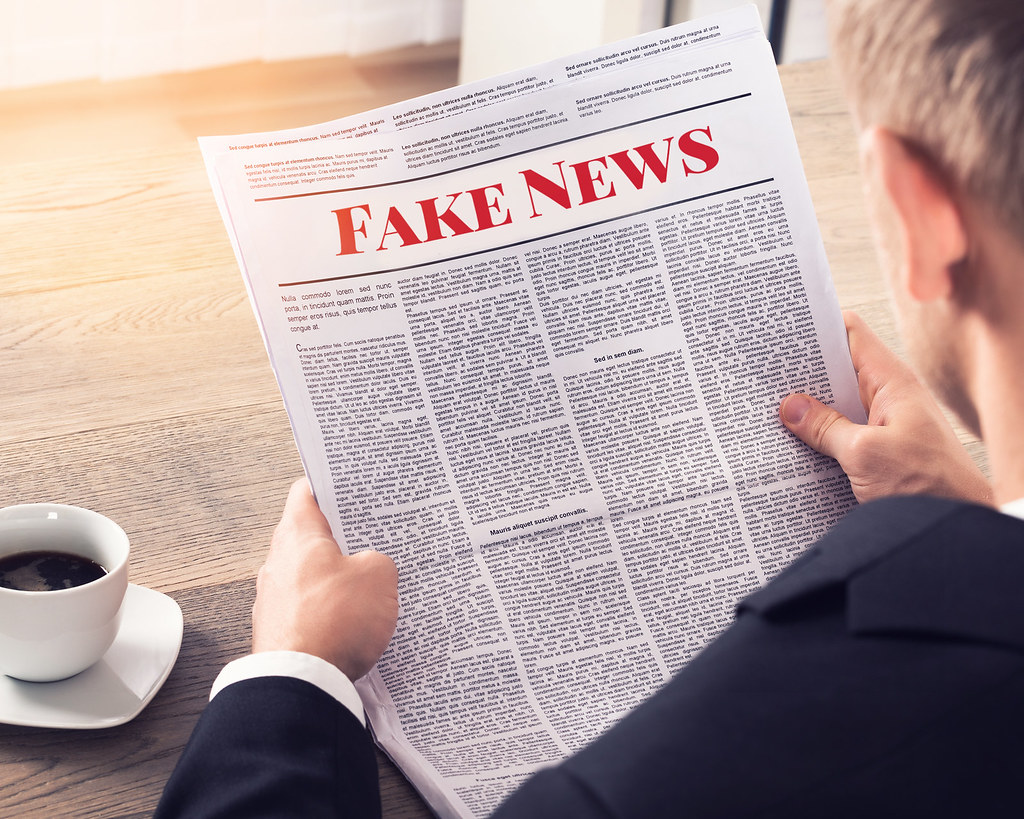“The 1st of April is the only day of the year where people critically evaluate things they find on the internet before accepting it as true. With online media, we should all seek to treat every day like its April Fool Day” -Shelley Metcalfe.
In an online world, exposure to disinformation can be lethal. As the global crisis and increasing death toll unfold, the isolated world looks online for vital news, guidance and hope. It is this very environment of a captive audience in which disinformation thrives. Disinformation is defined as “information designed to deliberately mislead and deceive with malign intent”. It is the deliberate use of false or misleading information for political or financial gain. Nation-states, proxy cyber-warfare syndicates, online trolls and programmed bots are all hostile actors that create and disseminate fake news often for a predetermined agenda.
As a disinformation analyst, I am seeing streams of fake news flooding our newsfeeds, oftentimes being accepted as truth despite being publicly debunked by BBC Monitoring, Buzzfeed and FullFact, to name a few. When one understands our current emotional instincts, our socially conformist behaviours combined with longstanding misguidance from politicians and institutions, it is clear to see why we can often accept fake as fact.
In our current climate of fear, anxiety and isolation, we are becoming more susceptible to fake news as we all search for vital answers to help friends and family better understand the COVID-19 virus and to make sense of uncertain times.
We are desperate to find information that we can trust. We are now seeing an increase in recorded voice notes, images, screenshots and emails all containing apparent COVID-19 tips, solutions and insider information. Such initial goodwill sharing of this material can turn out to be indirectly malicious and fear-inducing. The virus has wrongly been named as ‘the Chinese virus’ by President Donald Trump, which contributes to existing conspiracies that China manufactured the virus in a malicious attempt at population control. The conspirators, armed with such beliefs, immediately try to make sense of how the virus was manipulated, looking closely at 5G masts created by Chinese telecommunications giant, Huawei. The online conspiracy theories gain popularity and traction, some having already persuaded groups to burn down 5G masts in response. These ideas are seemingly absurd and yet, online conspiracies are turning into physical action. The methods, tactics and the medium may be virtual but the effects are real.
The general public is progressively misinformed on COVID-19, causing a significant lack of knowledge and understanding. This vacuum of knowledge can easily be filled by the barrage of fake news that circulates online through repeated exposure. After seeing lots of our friends sharing the same content, we tend to believe stories as validated. It is also how many conspiracy theories are born. Lack of knowledge in a certain area combined with a lack of control of one’s life during the lockdown can lead to despair and widespread speculation. Moreover, these conspiracies form malign fanbases, forming subcultures away from ‘mainstream media’ and naysayers, staying in an echo chamber of bias.
There are no longer definable gatekeepers of information, filtering fact from fake like traditional news editors and journalists of old. Instead, with anonymity on a multitude of platforms and a lack of content moderation, armchair experts and conspiracy theorists overshadow the scientific truths. Truth is now defined by popular belief. This post-truth atmosphere has affirmed its global reach through the use of social media and tailored algorithms crafted by disinformers.
In this digital Information Age, we are shaping the digital landscape and have the power to slow and even stop the spread of this online virus. With an unstable geopolitical stage, actors like Russia and China are attempting to reframe past efforts and sow doubt, polluting our information bloodstream. We must police this issue. Grassroots social activism against disinformation will help fight this battle.
The Japanese have a verbal phrase, ‘kintsukuroi’, which means to repair with gold. We should align our principle thinking to this concept, repairing our nation with the very golden threads that unite and bind us together.
We need cognitive, national resilience and a collective effort supporting our frontline workers and our communities. We can rebuild this nation and come out of this crisis stronger than before.
The next time you receive information or scroll upon some news online, approach with caution. Consider the source, analyse the content and imagery, slow down and be sceptical of what you’re reading or listening to. Always remember to think before you share.
Connor Ohalloran
Image: Flickr.

